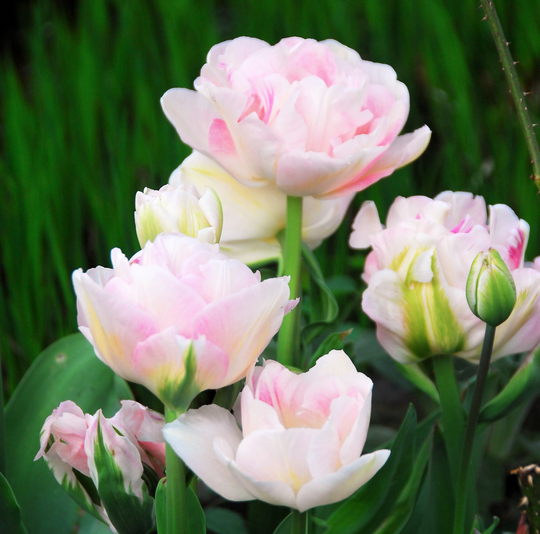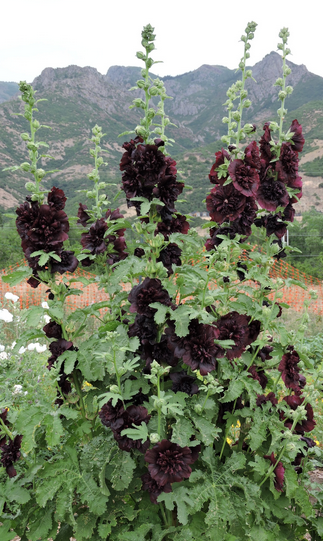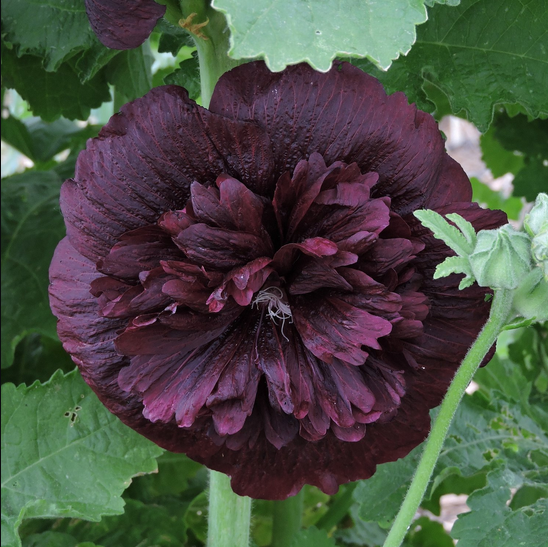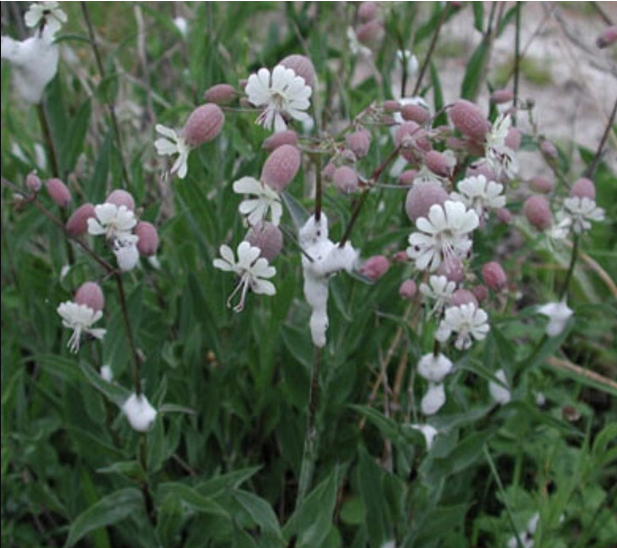
 7
7




Don't forget to have fun 




John Daley Bendigo, Australia The Enemy of progress is the hope of a perfect plan
Benefits of rainfall collection https://permies.com/t/88043/benefits-rainfall-collection
GOOD DEBT/ BAD DEBT https://permies.com/t/179218/mortgages-good-debt-bad-debt

 4
4





How Permies works: https://permies.com/wiki/34193/permies-works-links-threads
My projects on Skye: The tree field, Growing and landracing, perennial polycultures, "Don't dream it - be it! "
 2
2




The mark of a true practitioner is not what arises in your life and mind, but how you work with what arises.
Dzigar Kongtrul Rinpoche, “The Path of Patience”
 6
6




Visit Redhawk's soil series: https://permies.com/wiki/redhawk-soil
How permies.com works: https://permies.com/wiki/34193/permies-works-links-threads
 3
3




The mark of a true practitioner is not what arises in your life and mind, but how you work with what arises.
Dzigar Kongtrul Rinpoche, “The Path of Patience”
 4
4




Invasive plants are Earth's way of insisting we notice her medicines. Stephen Herrod Buhner
Everyone learns what works by learning what doesn't work. Stephen Herrod Buhner
 1
1




 1
1




Chris Khunda wrote:
Do you have suggestions of "useful" perennials that would be happy to fill the space every year? By useful I mean to me as food or medicine or to insects.
JayGee
 3
3




Best luck: satisfaction
Greatest curse, greed
 2
2




WARNING permaculture is highly addictive, it may cause life altering changes such as valuing people, community and resources, and promote respect, learning, support and kindness .
 4
4




 2
2




Ellen Lewis wrote:Given your eastern location and your sunless area, I would go for medicinals from the eastern forest floor, such as golden seal, ginseng, wintergreen, black cohosh, blue cohosh, bloodroot, trillium...
There may be some edibles, too. Ramps are all I can think of right away.
I looked on the web for shade herbs, and most of them are really partial-sun herbs.
You could turn it into a mushroom bed.
 4
4
 1
1




 2
2




 2
2




I wouldn't put nettle beside a set of steps - there's risk unsuspecting visitors would get too close. Yes, it won't kill them and they'd learn fast to recognize it, but in my books it wouldn't be "polite".Allison Dey wrote:Nettle on the shady side provides both food and medicine...
Visit Redhawk's soil series: https://permies.com/wiki/redhawk-soil
How permies.com works: https://permies.com/wiki/34193/permies-works-links-threads

 1
1




Working toward a permaculture-strong retirement near sunny Sperling.
 1
1








Melding permaculture, homesteading, bau-biologie, holistic oncology nutrition and functional medicine since 1997. https://nutritional-solutions.me/onco.

| I agree. Here's the link: http://stoves2.com |




